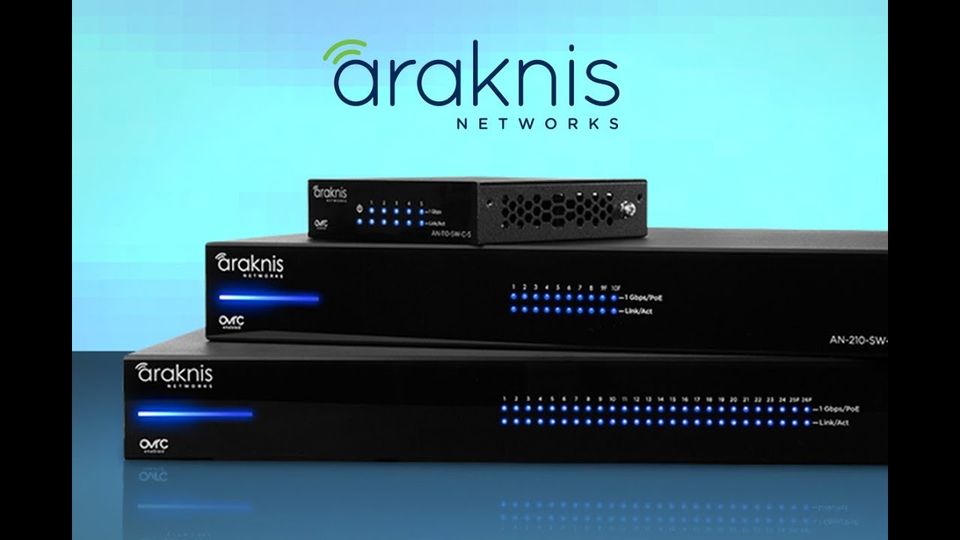Networking
Contact UsPROTOCOL
The language devices use
IP
Internet Protocol, the language of the Internet and home networks.
TCP
Transmission Control Protocol, like signing a receipt for data delivery guaranteed delivery.
UDP
User Datagram Protocol; example: streaming media. No acknowledgment on receipt of data.
HTTP
Hypertext Transfer Protocol, used to make displayable Web page requests and download Web pages over TCP/IP.
FTP
File Transfer Protocol, used to transfer files between computers on the Internet or within a network over TCP/IP.
LAN
Local Area Network (i.e. the home's network).
WAN
Wide Area Network (i.e. the Internet groups of networks connected together over long distances).
SUBNET
Portion of a network that has been segmented off through software or hardware.
IP ADDRESS
Identifier for a computer or device on a TCP/IP network (Example: 192.168.0.12).
ETHERNET
Communications protocol allowing multiple devices to share a common transport mechanism.
MODEM
Modulator/Demodulator, device used to convert one form of a signal to another.
ROUTER
Moves data packets between different subnets.
SWITCH
Makes point-to-point connections between MAC (Media Access Control) addresses on a LAN; MAC address = hardware address of a device on a network.
DHCP
Dynamic Host Configuration Protocol. DHCP Server (usually in the router) used to automatically assign devices on the network IP addresses.
WIFI
Wireless Fidelity 802.11x.
WLAN
Wireless Local Area Networking.
SSID
Service Set Identifier, it is the name of the WLAN and must be entered on all devices.
WEP/WPA
Wired Equivalent Privacy/WiFi Protected Access; Encrypts data transmissions
802.11B
11 MB wireless protocol 2.4 GHz.
802.11G
54 MB wireless protocol 2.4 GHz.
802.11A
54 MB wireless protocol 5 GHz, many wireless products DO NOT work with 802.11a.
802.11N
Next-gen WiFi, more range, faster speed.
AP
Access Point, needed to distribute your signal (also called WAP Wireless Access Point).
WIRELESS ROUTER
Router with built-in


